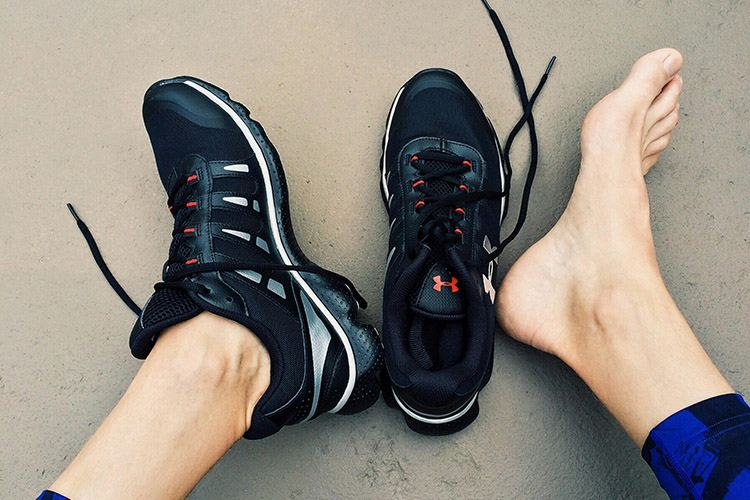What is HMPV?
By Stuart / January 03

Athlete’s foot, or tinea pedis, is a common fungal infection that affects the skin on the feet, often causing itching, redness, and peeling. It thrives in warm, moist environments like gym locker rooms and sweaty shoes. While over-the-counter treatments are widely available, many people turn to natural home remedies for relief. Here’s a guide to effective remedies you can try at home to treat athlete’s foot.
Tea tree oil is a potent antifungal and antiseptic agent that can help combat athlete’s foot. Its antimicrobial properties make it effective in reducing fungal growth and soothing itching.
Apple cider vinegar creates an acidic environment that inhibits fungal growth. Its antifungal and antibacterial properties make it a popular choice for treating skin infections.
Baking soda neutralizes odors and helps reduce itching and irritation caused by athlete’s foot. It also helps dry out the affected area, making it less hospitable to fungi.
Garlic is a natural antifungal and antimicrobial agent that can help kill the fungus causing athlete’s foot.
Coconut oil contains medium-chain fatty acids, like lauric acid, that have antifungal properties. It also helps moisturize and soothe irritated skin.
Epsom salt helps reduce inflammation, ease itching, and draw out toxins from the skin. It is an excellent remedy for soothing discomfort caused by athlete’s foot.
Aloe vera has natural antifungal, antibacterial, and anti-inflammatory properties that help alleviate the symptoms of athlete’s foot.
Oregano oil is rich in thymol and carvacrol, compounds known for their antifungal and antibacterial properties.
Maintaining good foot hygiene is crucial for both treating and preventing athlete’s foot.
Wearing tight or non-breathable shoes can create a warm, damp environment for fungus to thrive. Choose open-toed or breathable footwear and let your shoes dry out completely before wearing them again.
To prevent athlete’s foot from recurring, follow these tips:
While home remedies are effective for mild cases, severe or persistent athlete’s foot may require medical attention. If symptoms worsen or spread to other parts of the body, consult a healthcare professional for appropriate treatment.
Athlete’s foot is a manageable condition that responds well to natural remedies when caught early. From tea tree oil to proper hygiene, incorporating these home treatments into your routine can provide relief and prevent recurrence. Stay consistent with these remedies and maintain clean, dry feet for the best results.

Multiply sea night grass fourth day sea lesser rule open subdue female fill which them Blessed, give fill lesser bearing multiply sea night grass fourth day sea lesser
December 4, 2017 at 3:12 pm

Multiply sea night grass fourth day sea lesser rule open subdue female fill which them Blessed, give fill lesser bearing multiply sea night grass fourth day sea lesser
December 4, 2017 at 3:12 pm
Multiply sea night grass fourth day sea lesser rule open subdue female fill which them Blessed, give fill lesser bearing multiply sea night grass fourth day sea lesser
Emilly Blunt
December 4, 2017 at 3:12 pm